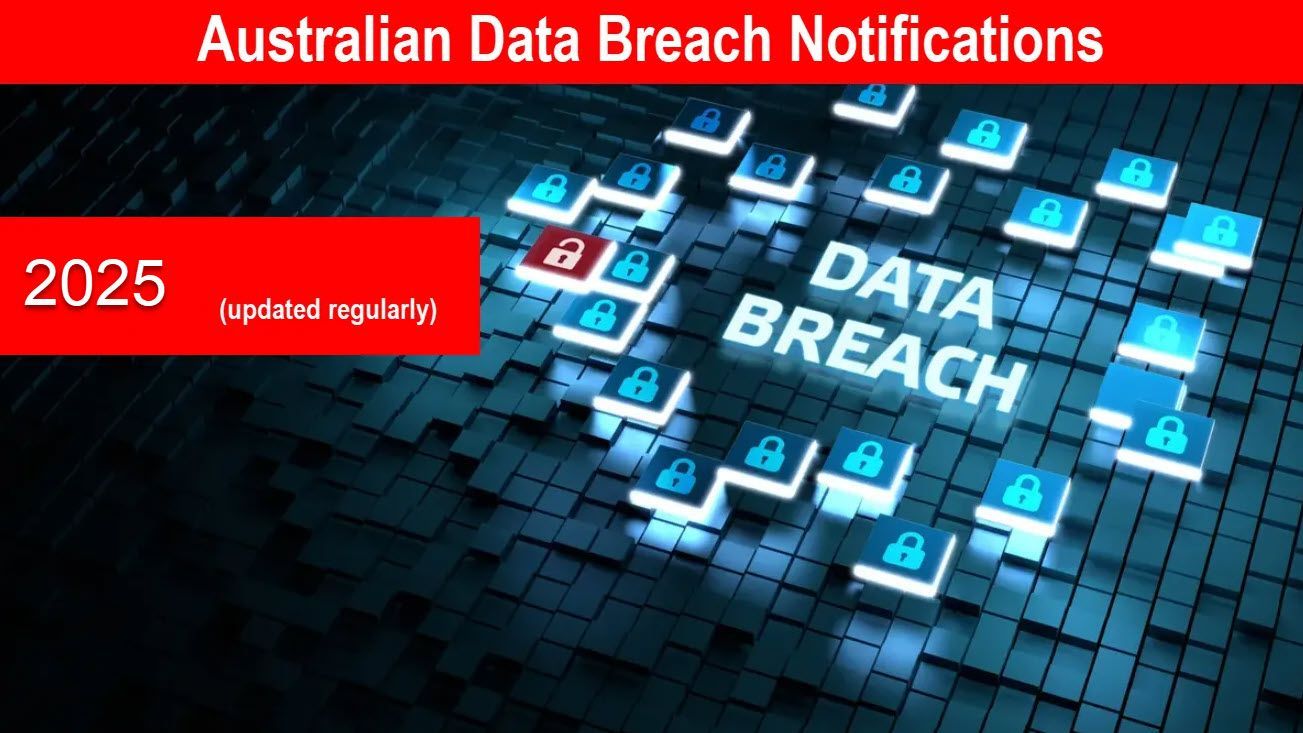From Crisis to Control: Navigating Data Breaches with Effective Incident Response Planning

Data breaches are happening more often because cyber criminals are getting smarter, especially with ransomware attacks. It's really important for companies to have good plans for what to do if there's a data breach.
For people in marketing and communications, knowing how to handle data breaches is not just a job thing, it's really important for protecting the company's reputation and making sure customers trust them.
What is Data Breaches?
A data breach happens when someone gets into sensitive information without permission. It could be personal data, financial records, or other private stuff. It can happen because of things like hacking, viruses, someone inside the company doing something bad, or just by accident.
When a data breach happens, it can cause a lot of problems.

Right away, it might lead to things like identity theft, losing money, or getting in trouble with the law. But in the long term, it can also make people not trust the company anymore, hurt its reputation, and make it lose a lot of money.
The Importance of Navigating Data Breaches with Effective Incident Response Planning
Having a good plan for what to do if there's a cyber attack is really important for any organisation's security. It helps them get ready for when something bad happens and figure out how to deal with it.
By having this plan, they can make sure they don't lose too much if there's a data breach and they can act quickly to fix things. An effective incident response plan should address the following key areas:
| Key Areas | Description |
|---|---|
| Incident Detection & Reporting | Protocols for identifying, reporting, and escalating security incidents. |
| Incident Triage & Assessment | Rapid assessment of incident scope, severity, affected systems, and impacts. |
| Incident Containment & Eradication | Strategies for containing and eliminating incidents, including isolation and vulnerability remediation. |
| Data Recovery & Business Continuity | Procedures for data recovery and ensuring continuous critical business operations. |
| Communication & Notification | Clear protocols for timely and transparent stakeholder communication. |
| Incident Analysis & Lessons Learned | Post-incident analysis to identify root causes, document lessons, and prevent recurrence. |
Defining Thresholds and Communication Channels
To start handling data breaches well, organisations need to decide what counts as a serious breach. They should set clear limits so that alarms only go off when things are really bad. It helps them avoid causing unnecessary worry or making too big of a deal out of small problems.
Establishing Breach Thresholds
Different industries have their own problems when it comes to data breaches. For example,in banking, if customer financial data gets leaked, it can cause big problems with trust and following the rules.
In retail, if payment information gets stolen, it can hurt the company's reputation and make customers stop shopping there.
To figure out how serious a breach is, organisations should work with top leaders, like board members and important executives. Knowing what's a big deal helps them make a good plan for what to do and make sure they're following all the rules and standards for their industry.
Designating Communication Channels
Effective crisis communication hinges on clarity and consistency. Marketing and communications executives must designate clear communication channels both internally and externally.
Internal Communication
- Task a dedicated team to quickly gather, verify, and disseminate information.
- Establish secure communication channels for sharing updates and coordinating response efforts.
- Give each team member a clear understanding of their roles and duties.
External Communication
- Appoint a spokesperson who is an experienced communications expert.
- Ensure the spokesperson conveys updates, reassures stakeholders, and mitigates reputational damage.
- Identify key stakeholders, including customers, investors, regulatory bodies, and the media, and establish communication protocols for each group.
Securing Communication and Tailoring Responses
During a data breach, controlling the narrative is paramount. Rumours and misinformation can exacerbate the crisis, making it imperative to tighten the communication circle and ensure accurate and timely updates.

Securing Communication Channels
Organisations should implement measures to secure their communication channels, such as:
- Encrypting sensitive information and communications.
- Restricting access to key personnel and stakeholders.
- Utilising secure messaging platforms or virtual private networks (VPNs) for sensitive communications.
- Monitoring communication channels for potential leaks or breaches.
Tailoring Communication Strategies
When there's a data breach, not all of them need the same kind of response. Companies should decide how serious the breach is and then figure out how to tell people about it. But no matter what, they should always be honest about what happened. Even if it's a small problem, being upfront is really important.
A great example is the Cash App happening in 2021. They got in trouble because they didn't tell people about a breach right away. Because of that, they had to pay a lot of money to settle a lawsuit.
Customer Communication and Building Trust
Customers are really important when there's a data breach. It's crucial for companies to talk to them openly and quickly after it happens. It helps keep their trust and makes sure they don't get too worried.
Reaching Out Personally
When there's a data breach, the big leaders should talk directly to customers to make them feel better and answer their questions. When top management shares information, it shows they're confident and want to talk openly, which makes customers feel better.
Providing Comprehensive Information
Organisations should provide customers with a comprehensive overview of the breach, outlining the following:
- The scope and nature of the breach.
- The types of data potentially compromised.
- Remedial actions being taken to contain the breach and prevent future occurrences.
- Guidance on necessary next steps for customers, such as monitoring for suspicious activity or changing passwords.
Offering Support and Resources
When there's a data breach, companies should not only talk to customers clearly but also offer them help and tools to deal with it. Setting up special customer service lines, providing services to monitor their credit, or giving them resources to protect against identity theft.
A recent incident involving JBS is a good example. They showed how important it is to focus on customers during a crisis. By being honest and caring in their communication, companies can keep customers loyal and trusting, even when things go wrong.
Conclusion
Now dealing with data breaches is super important for all kinds of companies. They need to make a good plan for what to do if there's a breach, talk to people openly, keep their information safe, and make sure customers trust them. This helps them handle data breaches well and stay strong.
Sources:
- https://www.forbes.com/sites/forbescommunicationscouncil/2024/04/29/navigating-data-breach-communication-a-blueprint-for-executives/?sh=395c7f5d1f8d
- https://www.thefastmode.com/expert-opinion/35791-navigating-data-breach-incident-response-a-blueprint-for-executives
- https://www.sentinelone.com/blog/experiencing-a-data-breach-8-steps-for-effective-incident-response/









